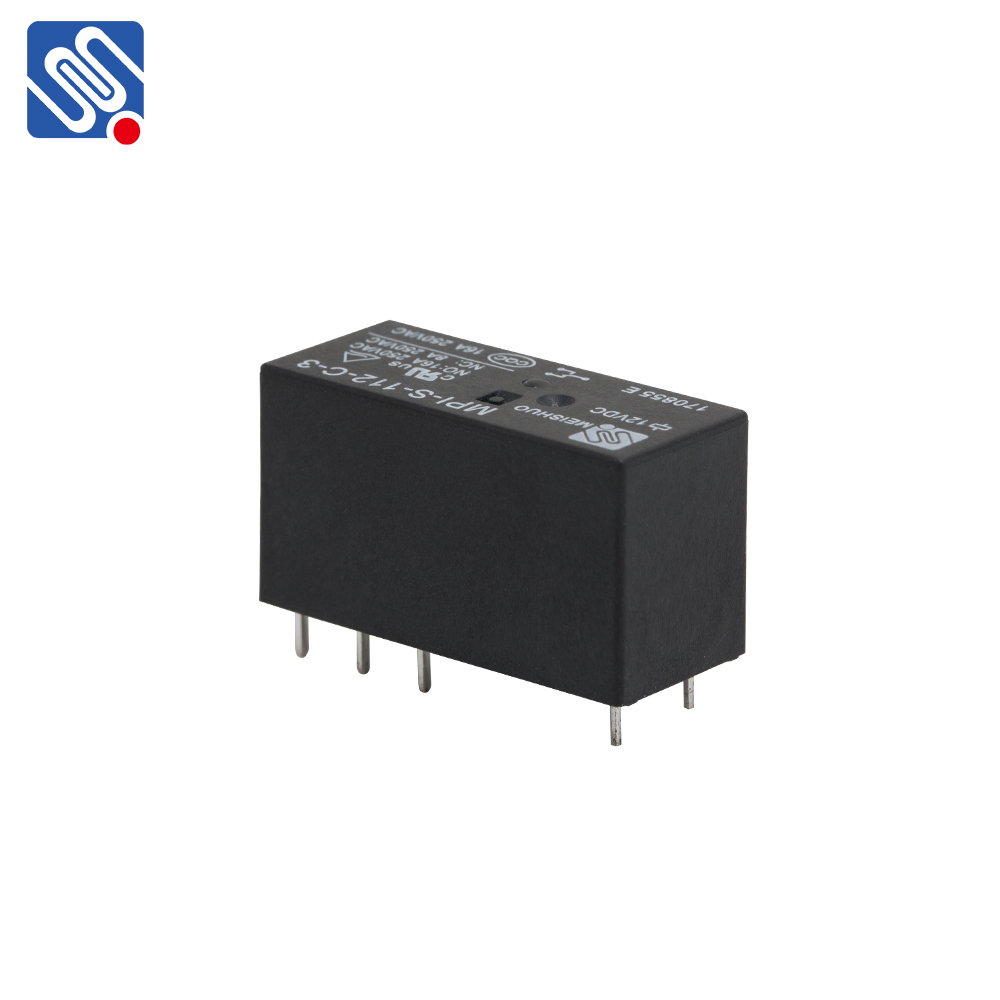The Relay Control System is one of the fundamental automation systems widely used in various industries. It operates based on electromagnetic principles, utilizing relays to control circuits in response to electrical signals. Relays, essentially switches that can be activated by an electrical current, play a pivotal role in automating processes across multiple sectors, from industrial automation to home appliances. In this article, we will explore the components, working principle, advantages, and limitations of the relay control system.

Components of a Relay Control System The relay control system consists of several critical components that work together to ensure its functionality. These include: Relays: A relay is an electromechanical switch that consists of a coil, contacts, and a spring. When the coil is energized by a control signal (such as an electrical current or voltage), it generates a magnetic field that moves the contacts, opening or closing the circuit. This switching action enables the control of higher power loads using lower power control signals. Control Signal: The control signal is the input that triggers the relay’s operation. This signal could come from a variety of sources, such as sensors, switches, or a programmable logic controller (PLC). The control signal determines whether the relay should close or open its contacts.